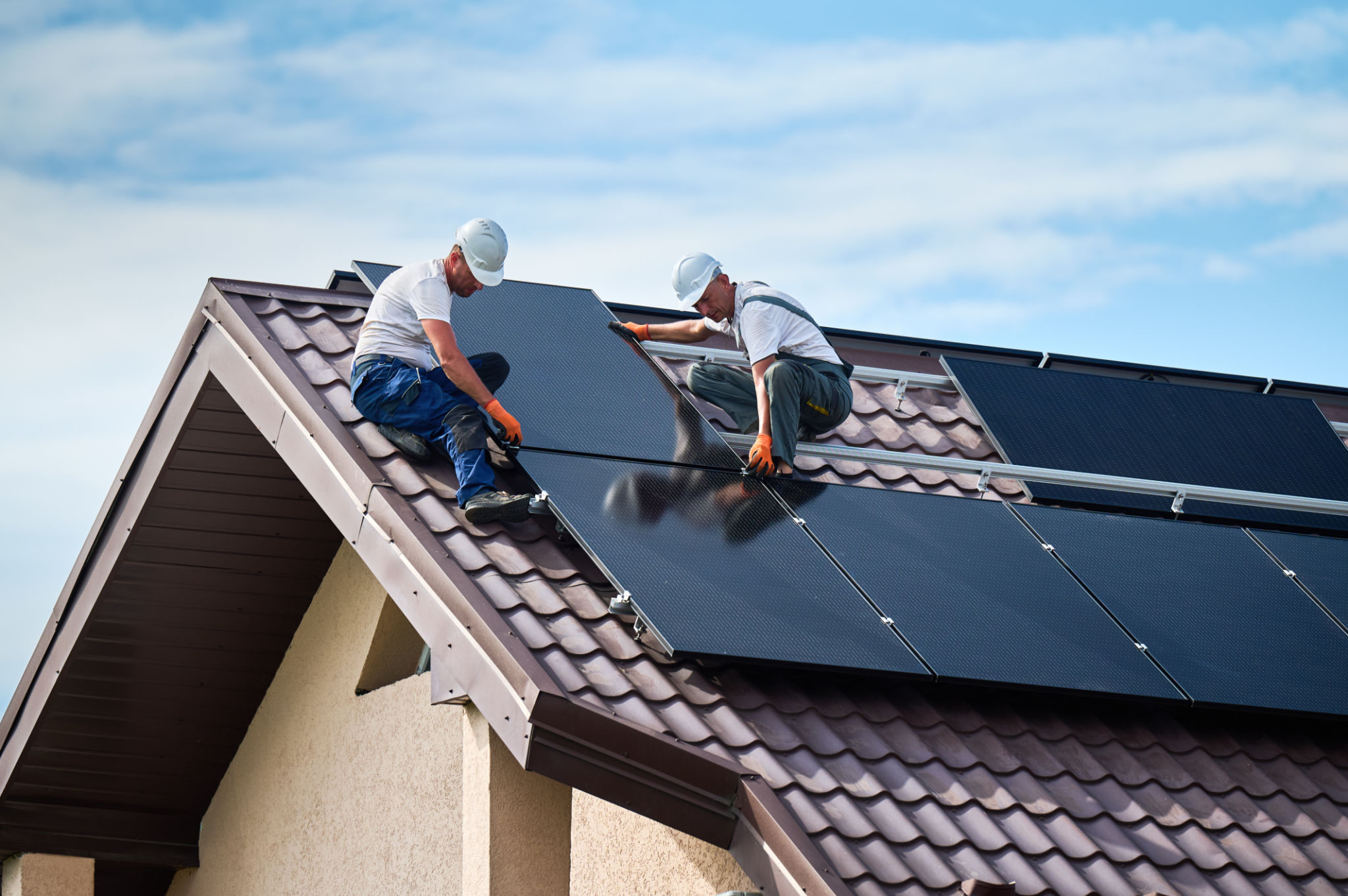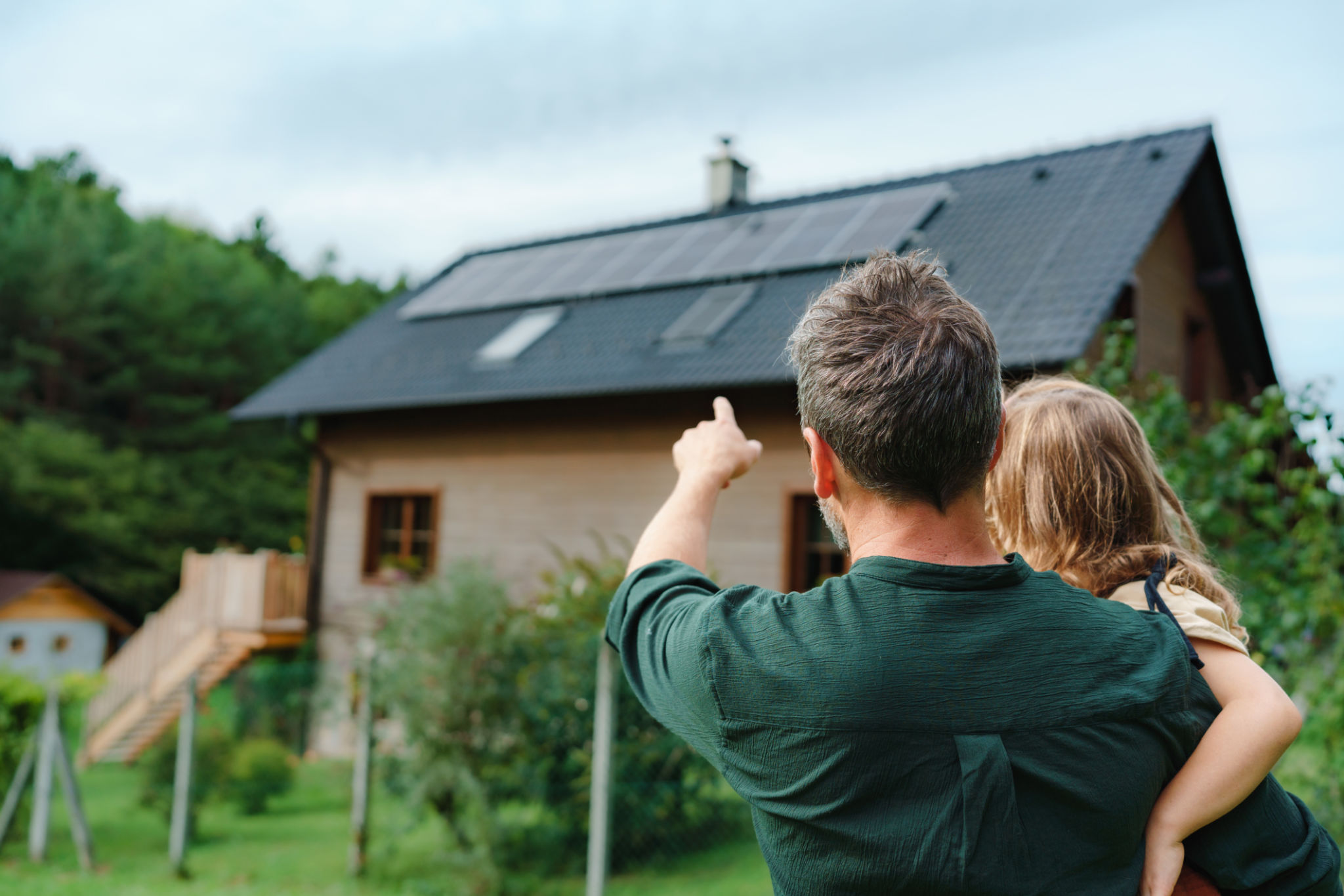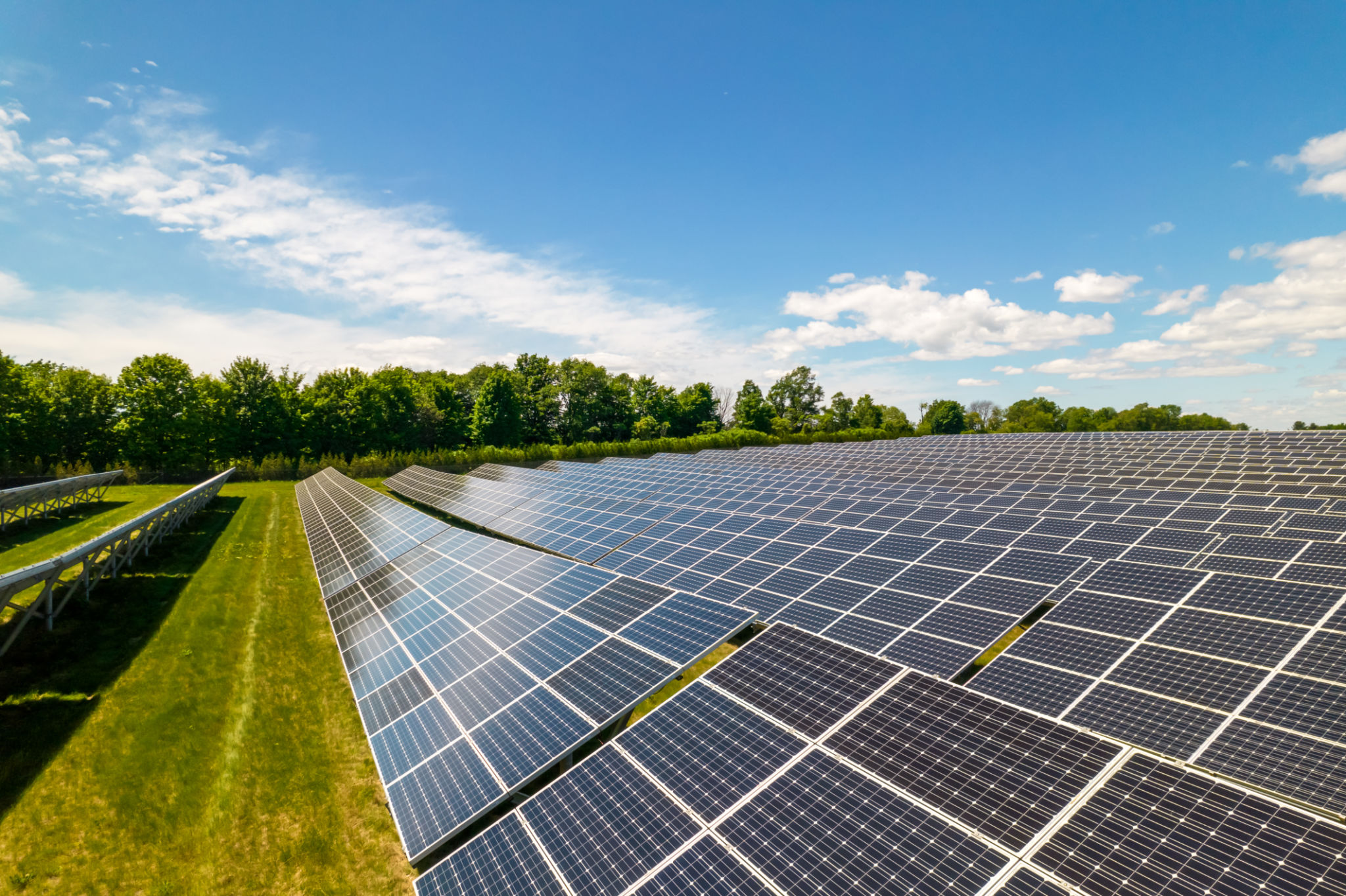The Ultimate Guide to Solar Panel Installation in qathet Regional District
Understanding Solar Energy
Solar energy is a powerful and renewable resource that can significantly reduce your carbon footprint while saving on energy costs. In the qathet Regional District, the push towards sustainable living has seen a rise in the adoption of solar technology. By harnessing the power of the sun, homeowners and businesses can generate clean and efficient electricity.
Before diving into the installation process, it's essential to understand the basic components of a solar power system. These typically include solar panels, an inverter, a battery storage system, and a monitoring device. Each component plays a crucial role in capturing and converting sunlight into usable energy for your home or business.

Assessing Your Property for Solar Installation
The first step in solar panel installation is assessing whether your property is suitable. Factors such as roof orientation, shading from trees or buildings, and roof condition must be considered. Ideally, solar panels should face south and be free from obstructions that could block sunlight.
It's also crucial to evaluate your current electricity usage. Understanding your energy consumption patterns can help determine the size and capacity of the solar system you'll need. Consulting with a professional solar installer can provide you with detailed insights and recommendations tailored to your specific situation.

Choosing the Right Solar Panels
When selecting solar panels, several factors should be considered, including efficiency, durability, and cost. Efficiency refers to how well the panels convert sunlight into electricity. Higher efficiency panels may be more expensive but require less space to produce the same amount of energy.
Durability is also vital, especially in regions with variable weather conditions. Look for panels with a strong warranty and robust construction to ensure they withstand the elements over time. Cost is always a consideration, so comparing different brands and models can help you find the best balance between price and performance.

The Installation Process
Once you've selected your solar system components, the installation process can begin. This involves mounting the panels on your roof or an alternative structure, connecting them to the inverter, and setting up any necessary wiring and safety systems. The entire process usually takes a few days, depending on the complexity of the installation.
Hiring a certified and experienced installer is crucial to ensure that the system is set up correctly and safely. They will handle all necessary permits and inspections, ensuring compliance with local regulations and standards.
Maintenance and Monitoring
After installation, maintaining your solar panel system is relatively straightforward. Regular cleaning of the panels to remove dust and debris will help maintain their efficiency. Additionally, periodic inspections by professionals can identify any potential issues early on.
Most modern systems come with monitoring devices that allow you to track your energy production and consumption in real-time. This data can be invaluable for optimizing your energy use and identifying opportunities for further savings.

Financial Incentives and Support
The qathet Regional District offers several incentives to encourage the adoption of solar technology. These may include tax credits, rebates, or grants that can significantly offset the initial installation costs. It's advisable to research available programs and consult with your installer to maximize these benefits.
Furthermore, financing options such as solar loans or leasing agreements can make solar energy more accessible by spreading out the cost over time. Evaluating these options can help you make a financially sound decision when transitioning to solar power.
The Environmental Impact
Switching to solar energy not only benefits your wallet but also contributes positively to the environment. By reducing reliance on fossil fuels, you help decrease greenhouse gas emissions and improve air quality in your community.
The adoption of solar technology is an investment in a cleaner future, ensuring sustainable energy resources for generations to come.
